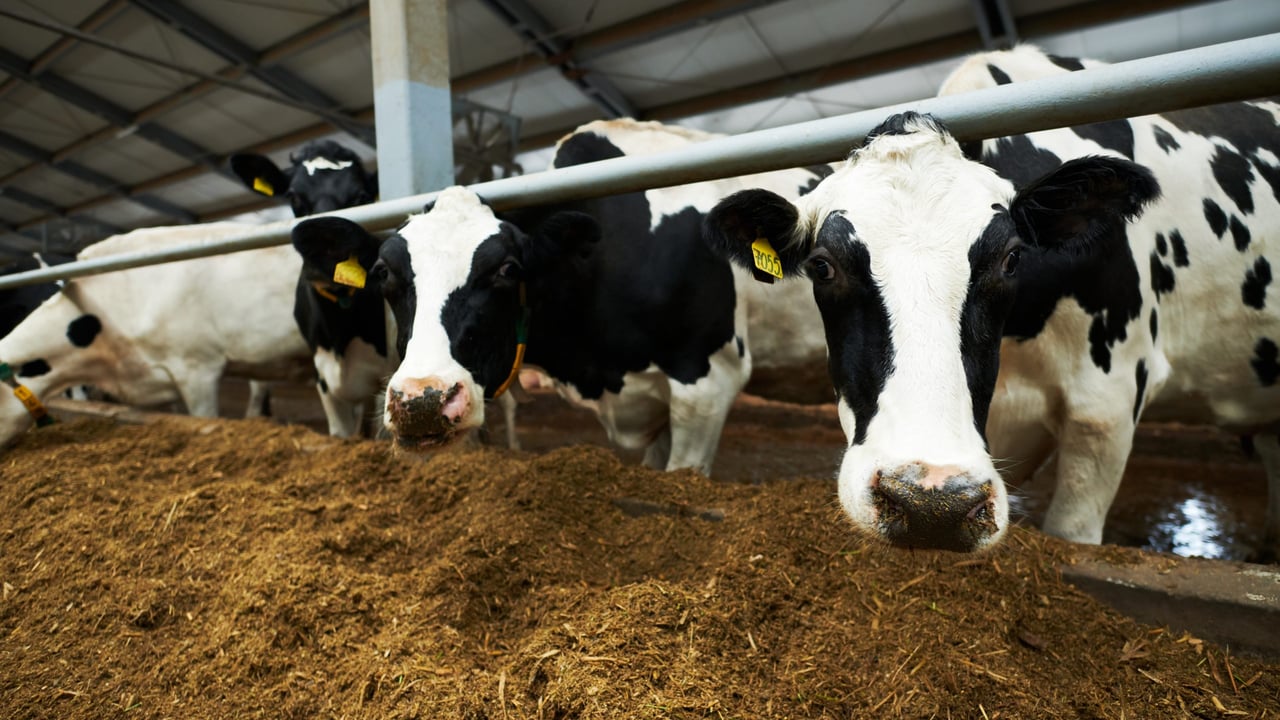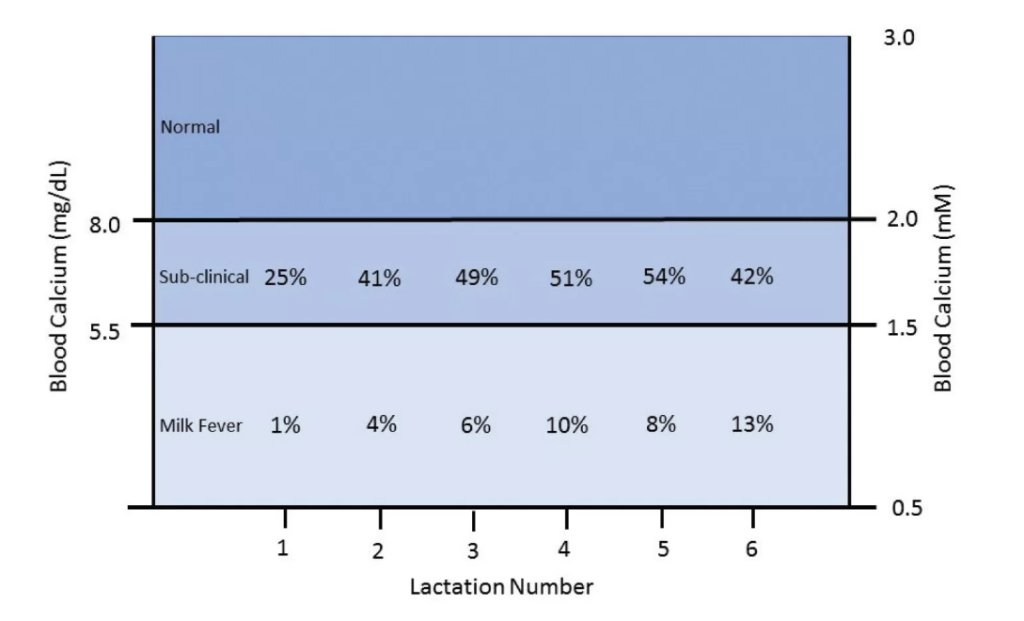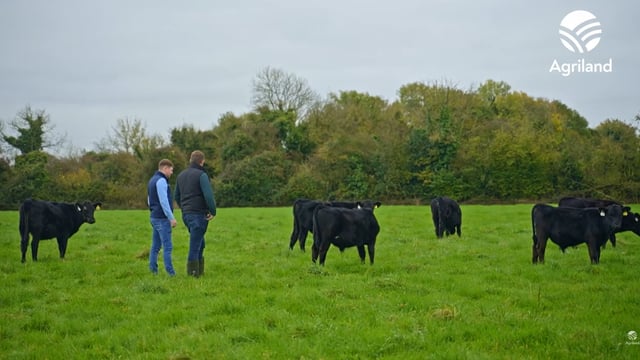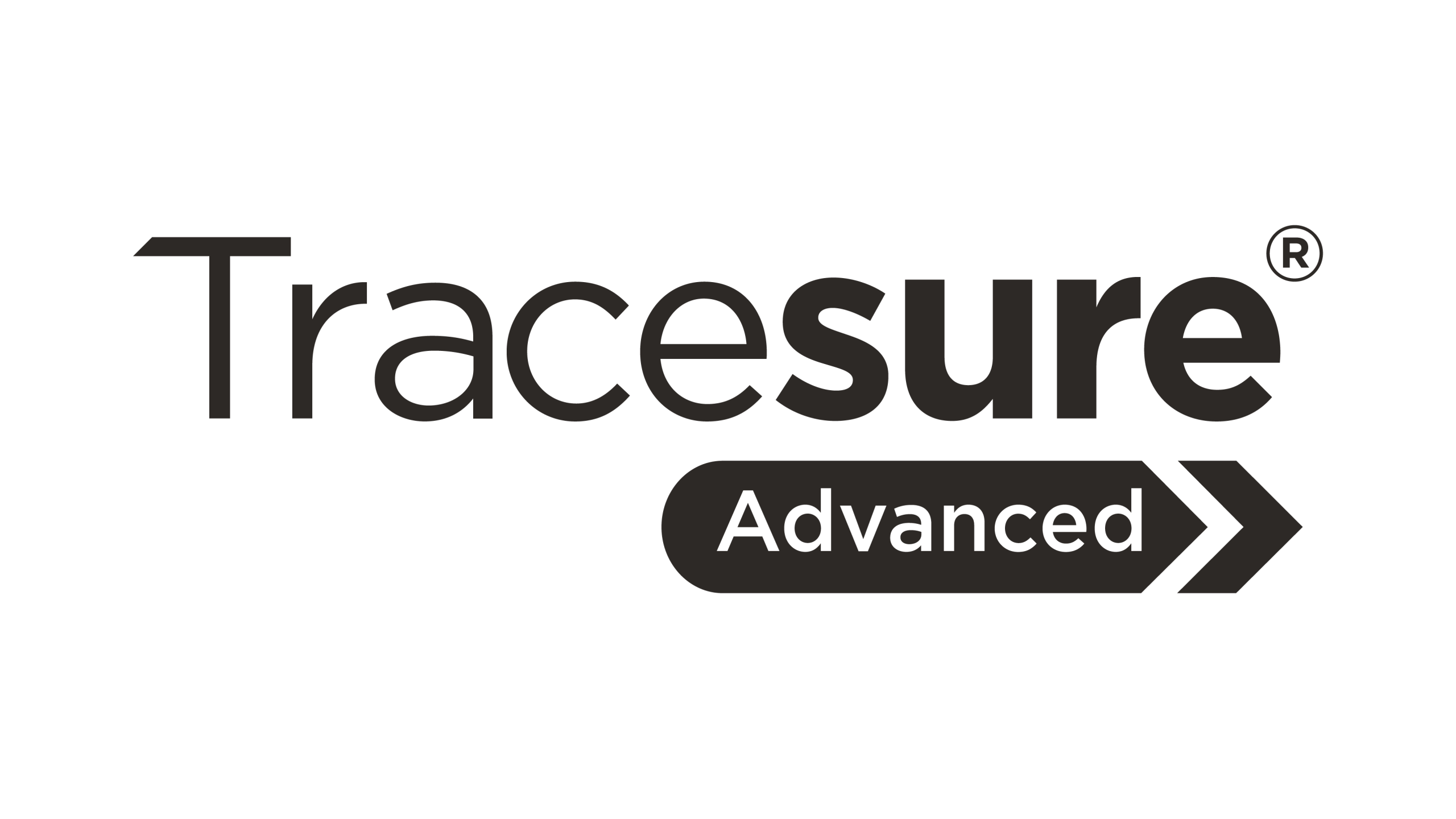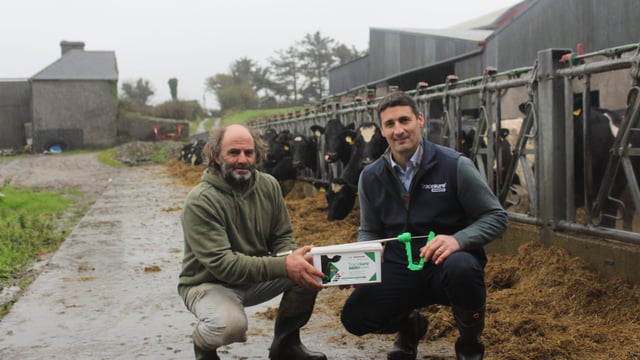Keeping milk fever at bay in the winter milking herd
Farmers must keep an eye out for milk fever (hypocalcemia), now that the calving season is well and truly under way for the autumn calving herd.
A lot of the younger cows, especially fresh heifers may have already calved down, with the older cows calving from now on.
This is where the risk of milk fever and other metabolic issues come into play, as older animals are typically more of a risk due to poor calcium mobilisation and greater demand for milk production.
However, any animal that has been dry for a longer period and has being over-conditioned is typically at risk of the deficiency.
Therefore, it is important to stay on top of the diets and continue to feed dry cows and freshly calved cows adequate minerals.
Clinical milk fever is estimated to cost up to €300/cow, while unseen clinical milk fever can cost up to €120 per case through reduced production.
Preventing milk fever
Studies have shown that by increasing magnesium (MG) in the diet from 0.3% to 0.4%, the risk of milk fever can be reduced by up to 60%.
Dry cows need to continue getting 100-120g of minerals per cow from six weeks pre-calving to prevent issues such as milk fever.
If dry cows are housed, a lot of farmers may be dusting the silage with minerals. When doing this, it is preferable to feed minerals twice a day at a rate of 60g/cow to ensure all cows have access to the minerals.
When feeding these minerals to dry cows, ensure they have at least at least 22% magnesium included as well as high levels of vitamin D, as these are crucial in milk fever prevention.
Vitamin D changes the cows' hormones, making the system switch from storing calcium to using it.
Calcium supplementation is most crucial in the first 12-24 hours after calving. However, too much calcium in the cow's diet pre-calving can also slow down her ability to mobilise calcium post-calving, so finding a balance is key.
Feeding trace minerals such as copper, selenium, and zinc is also important pre-calving.
If adequate minerals are fed, they can also help prevent further issues such as ketosis, retained cleanings, displaced abomasums, and fertility issues.
Ensure you are testing your silage, aiming for less than 2.2% potassium (K), as high K levels are often the cause of milk fever.
Second and third cut silage, which is often fed to dry cows, is typically higher in K as the grass is more likely to have received slurry.
Restrict late calving cows' diets to 10-11kg DM in November to keep body condition score (BCS) under 3.5.
Treatment
A lot of vets recommend using a high calcium bolus with vitamin D instead of straight calcium bottles under the skin.
This is because boluses act as a quick way of supplementing calcium to cows, and can also protect the cow from the caustic nature of calcium chloride in a liquid form.
However, this can be labour-intensive, as cows need to be restrained to administer the bolus.
As well as that, the boluses can break relatively easy if dropped, and some cows can even cough them back up, with readministration not possible in either these cases.
Some farmers also use calcium drenches, dosing the cow with 500-600ml.

